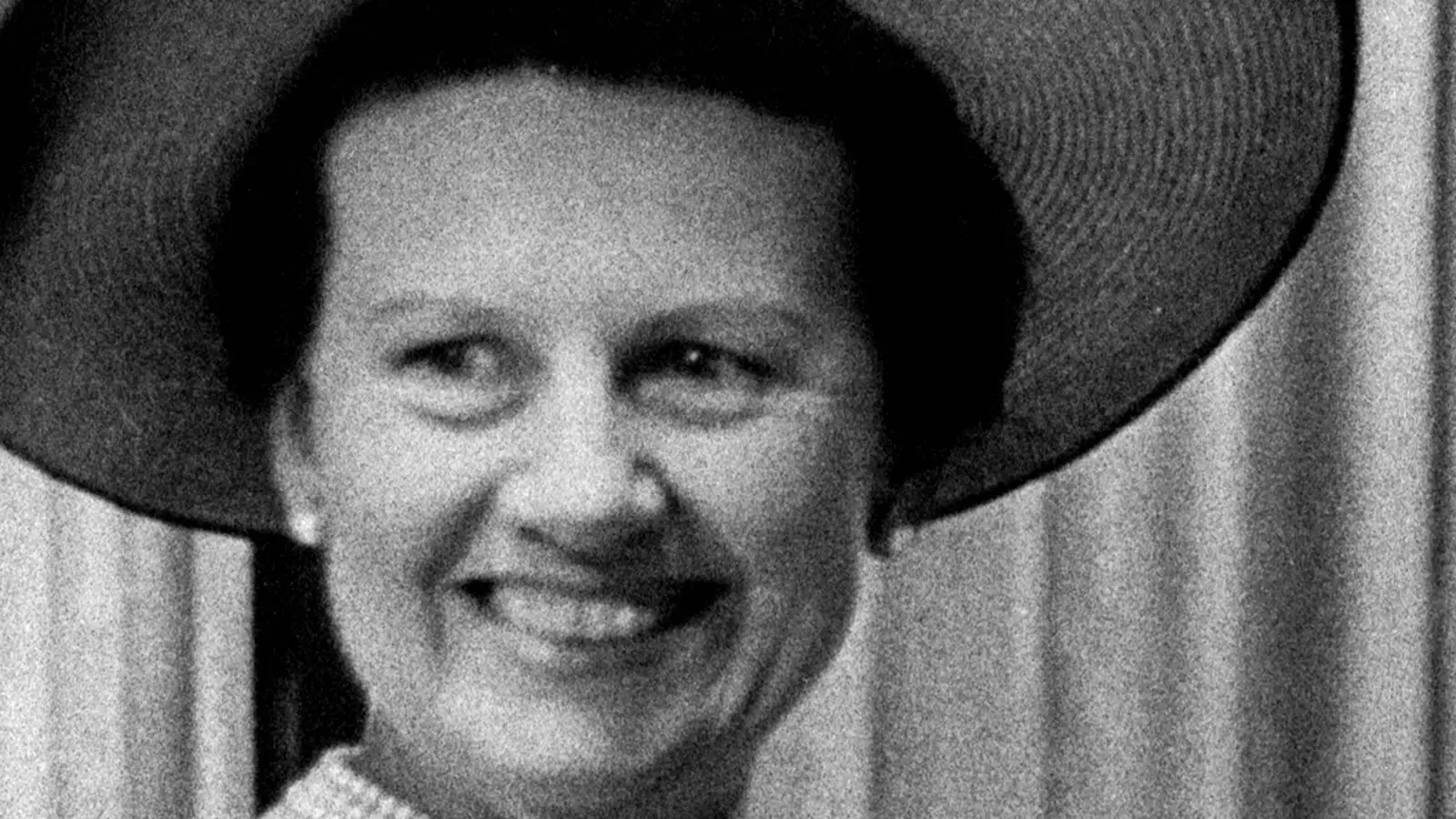In the quiet rural expanse of Hertfordshire, England, a haunting tale intertwines the grief of a family with the pressures of unresolved mysteries. The murder of Muriel McKay in 1969 is a chilling case marked by complications that have stalled justice and closure for over five decades. As the alleged site of her burial remains a point of contention, her family grapples with not just the loss of a beloved member but also the complicated facets of law enforcement, property value, and an unforgiving media spotlight.
At the heart of this tumultuous story lies Stocking Farm, a seemingly innocuous piece of property that has become emblematic of the unresolved nature of Muriel’s case. Recently, independent valuers determined that the farm could be worth as much as 50% less than its actual market value, primarily due to the lingering question of whether Muriel’s body lies undiscovered on the land.
The value placard on Stocking Farm, which once could have been proudly displayed, is tarnished by the shadow of a horrific crime. The family of the victim has rallied for expert valuations to demonstrate to the landowner the chilling reality of the property’s value. This effort is aimed at motivating the owner to grant another excavation of the land, an attempt to lay to rest a matter that has ensnared generations in its web of sorrow.
Muriel’s grandson, Mark Dyer, steps into his family’s narrative as a figure of hope amidst adversity. He has been vocal about the inadequacies of the police investigation, which he claims lacked thoroughness. Dyer expected a meticulous digging process mirroring archaeological efforts but was met with far less rigorous methods. This perceived negligence intensifies the family’s frustration; each ill-fated dig that yields no results serves as a painful reminder of both their loss and their ongoing search for answers.
In a notable development, Dyer and Muriel’s daughter, Dianne, journeyed to Trinidad to meet Nizamodeen Hosein, one of the convicted killers of Muriel. Hosein has purportedly provided information concerning her burial site, claiming that she perished from a heart attack while in captivity. Yet, the police remain skeptical of Hosein’s reliability, inhibiting any further attempts to seek clarity in an already tumultuous investigation.
Mark Dyer’s poignant observations underscore the extraordinary circumstances that his family faces. Living with the knowledge that a convicted murderer holds key information about Muriel’s remains further complicates their grief. Dyer has articulated the absurdity of the situation: having a criminal ready to guide them to the burial site, yet being stymied by authorities who determine the efficacy and validity of such an encounter.
In conversations with Hosein, the family has attempted to negotiate terms that would allow them to locate Muriel’s body, exploring the possibility of a more specific search area. Yet, despite confirming Hosein’s willingness to cooperate, the police have maintained a firm stance that involves skepticism about the depth of his memory regarding the burial site.
The Metropolitan Police’s approach to this case presents an array of complexities. They conducted extensive reviews and searches, yet the family feels that their efforts fell short of what had been warranted. While the police assert that they provided expert advice and involved the family in planning discussions, the disparity between what the family wants and what the authorities are willing to pursue remains stark. The repeated declarations that the investigation is concluded seem to further alienate Muriel’s family, perpetuating a sense of unresolved pain.
This case serves as a critical illustration of the interplay between law enforcement, public interest, and personal grief. Families of murder victims often suffer not only from the loss itself but from the ensuing procedural obscurities that can delay healing. The demand for closure juxtaposed with the finality of police statements creates an emotional battle for those left behind. Families must live in the haunting limbo created by investigations that fail to provide the clarity they so desperately seek.
The legacy of Muriel McKay’s murder continues to cast a long shadow on both her family and the broader community. The weight of unresolved questions about her burial site and the fallout on property values add layers to a narrative steeped in tragedy. As they navigate the intersections of grief, justice, and the complexities of police investigations, the McKay family represents countless others for whom a closure remains tragically beyond reach. In a case like this, the past is not merely history; it is a relentless reminder of a life tragically cut short, an unsolved mystery that refuses to fade.

